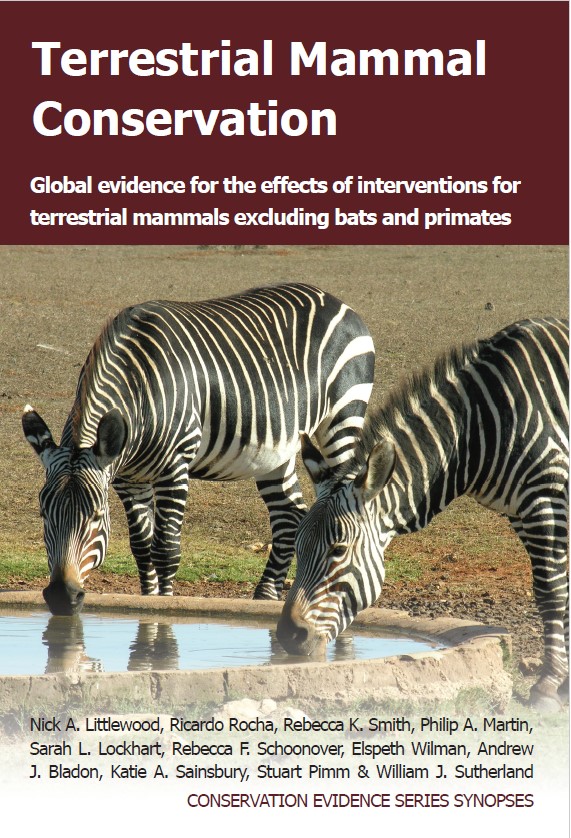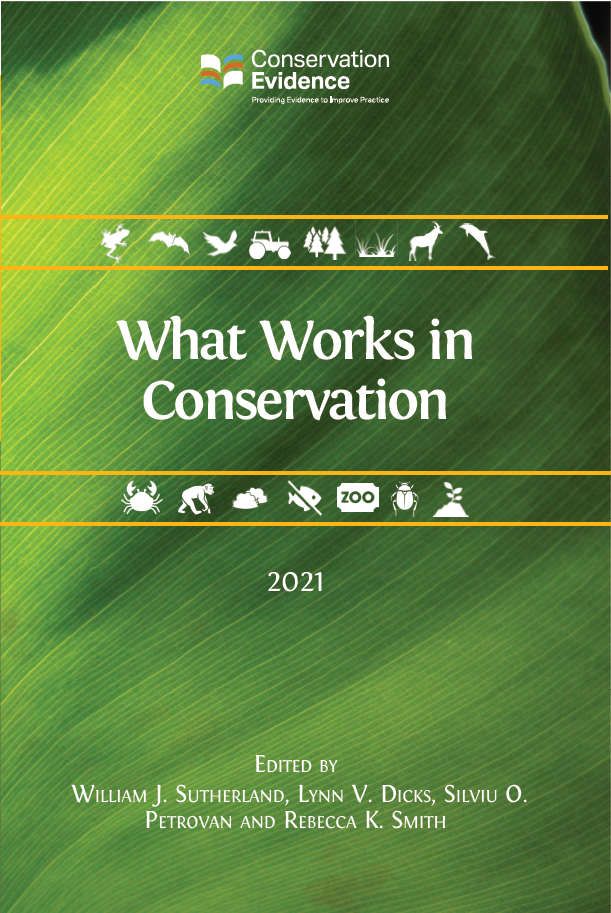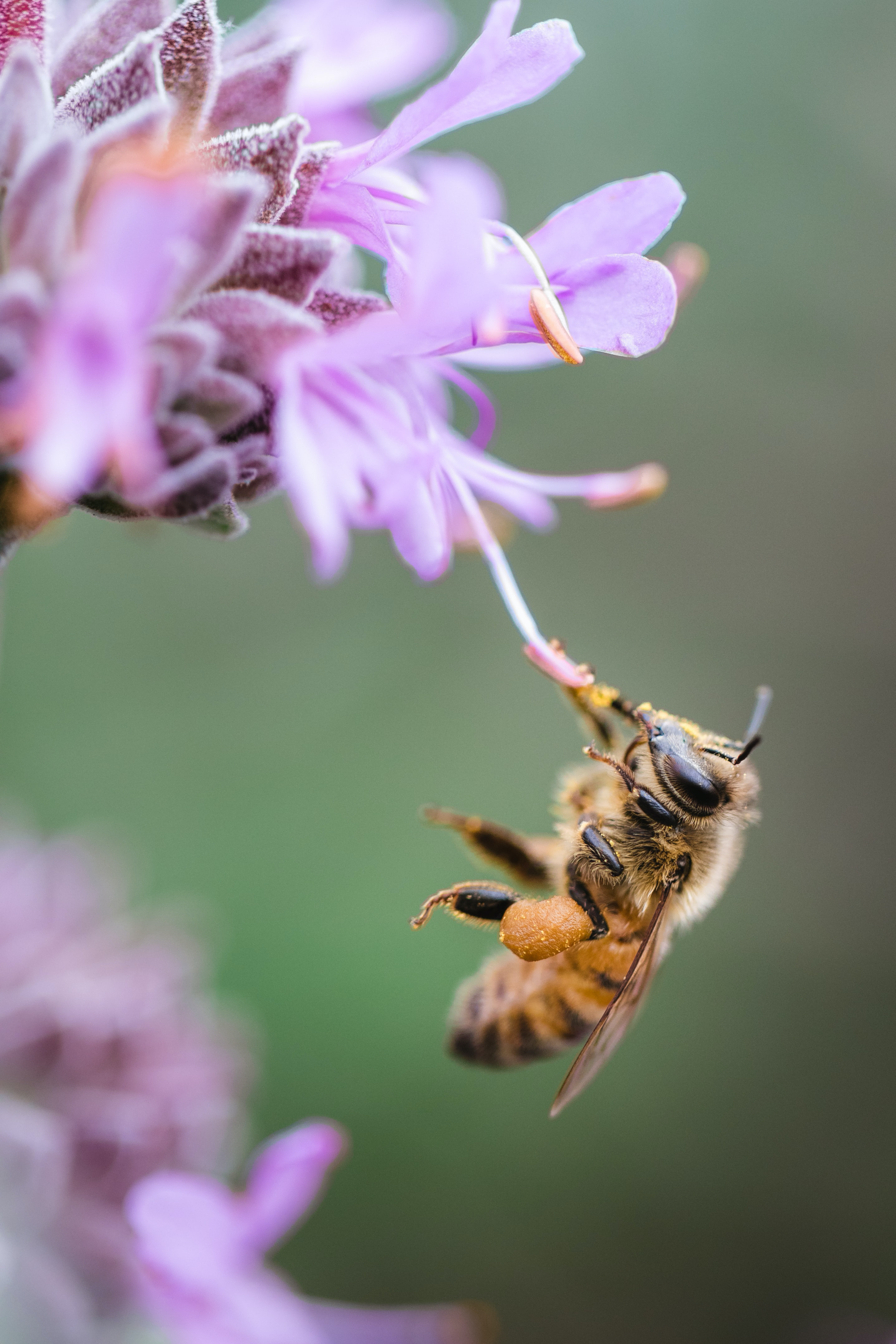Reduce pesticide or fertilizer use
-
Overall effectiveness category Unknown effectiveness (limited evidence)
-
Number of studies: 3
View assessment score
Hide assessment score
How is the evidence assessed?
-
Effectiveness
38% -
Certainty
23% -
Harms
0%
Study locations
Supporting evidence from individual studies
A site comparison study in 1994–1996 on arable land in Gloucestershire, UK (Macdonald et al. 2007) found that reducing pesticide, herbicide or fertilizer use by farming organically was associated with higher numbers of wood mice Apodemus sylvaticus. More wood mice were caught on an organic farm (monthly averages of 19–24 individuals) than on a conventional farm (8–17 individuals). This result was not tested for statistical significance, though there were significantly more juvenile mice on the organic farm compared to the conventional farm and female mice on the organic farm were significantly heavier in two out of three years (data not presented). On one organic farm and one conventional farm, wood mice were surveyed using 56 Longworth live traps in each of two fields, at each farm, each year, in 1994–1996.
Study and other actions testedA replicated, site comparison study in 2011 on 26 mainly arable farms in Tuscany, Italy (Santilli & Galardi 2016) found that reducing pesticide, herbicide or fertilizer use, by farming organically, did not increase abundances of European hares Lepus europaeus. The density of hares on organic farms (14 hares/km2) was lower than on conventional farms (24 hares/km2). Higher hare density appeared, instead, to be more strongly positively related to increased habitat diversity, including crop diversity. Half of the 26 study farms, average size 6.1 km2, were organic and half were non-organic farms. Organic farms complied with European Union organic farming requirements. Hare density was estimated using spotlight counts from a car, two or three times at each farm, in early March 2011.
Study and other actions testedA replicated, site comparison study in 2011–2013 of three arable farms in Córdoba, Argentina (Coda et al. 2015) found that farming without herbicides, fertilizers, or fungicides did not increase small mammal use of field margins or small mammal species richness in margins. Average annual small mammal capture rates on margins not treated with pesticides or fertilizers (2.5–2.9 individuals/20 traps) did not significantly differ from those on conventionally farmed margins (2.4–3.2 individuals/20 traps). Average annual small mammal species richness without pesticides and fertilizers (1.1–1.2 species/20 traps) did not differ from that with conventional farming (1.1–1.2 species/20 traps). Organic fields were managed without herbicides, fertilizers or fungicides for 10–19 years. A range of these chemicals was used on conventionally farmed fields. Small mammals were live-trapped, using lines of 20 traps in 1.5–2.5-m-wide vegetated field margin strips on three farms. Trapping was carried out over four consecutive nights, once each in spring, summer and autumn, from November 2011 to June 2013. There were 106–116 trap lines/sampling period (proportion in each margin management type not stated).
Study and other actions tested
Where has this evidence come from?
List of journals searched by synopsis
All the journals searched for all synopses
This Action forms part of the Action Synopsis:
Terrestrial Mammal Conservation
Terrestrial Mammal Conservation - Published 2020
Terrestrial Mammal Conservation





)_2023.JPG)














